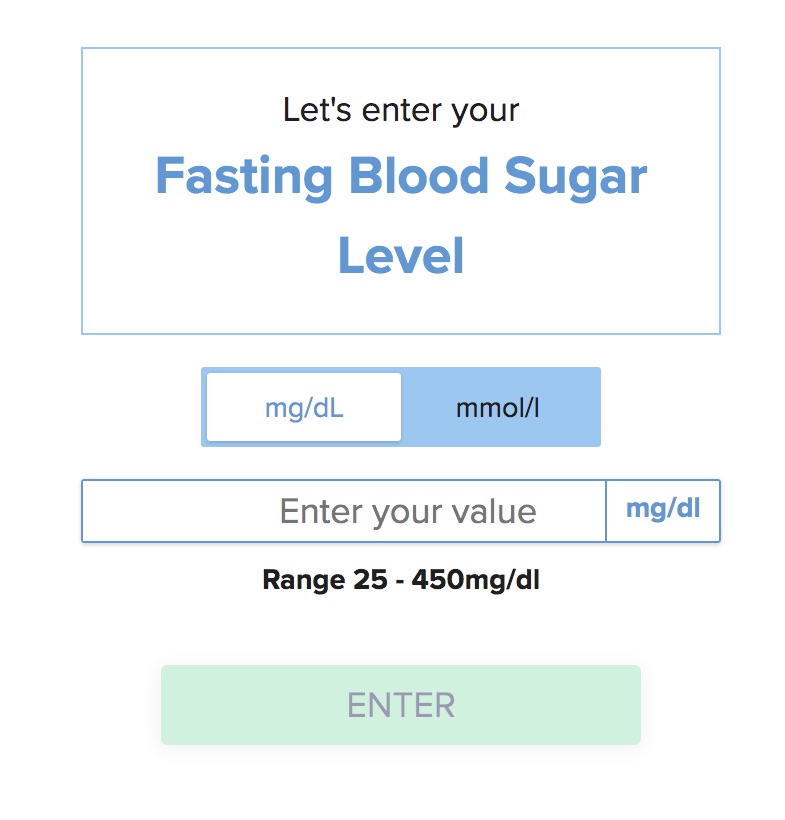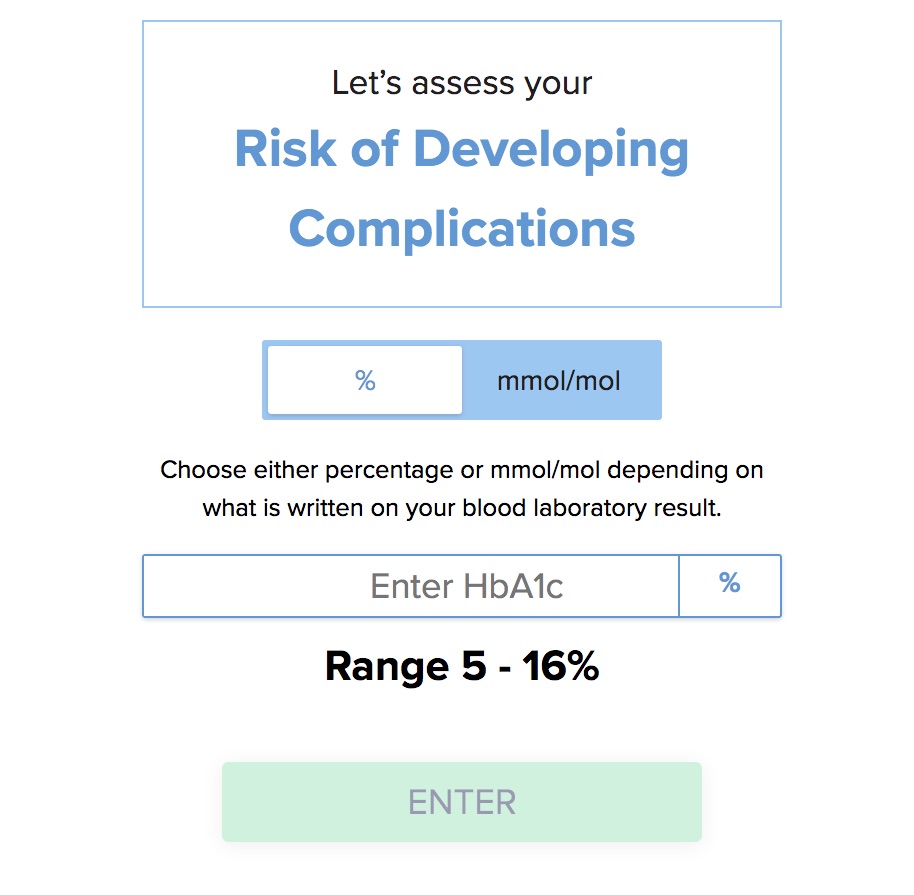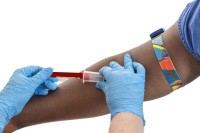

- Home
- Dr Sultan Linjawi
Type 1 Diabetes
Type 2 Diabetes
Prediabetes
Gestational Diabetes
- Diabetes Information
- Testimonials
How is type 2 diabetes monitored?

DO YOU WANT TO GET YOUR DIABETES UNDER THE BEST CONTROL?
Click the program that best describes your situation.
Monitoring type 2 diabetes
Although diabetes is a chronic condition, it is usually controlled through lifestyle changes, medications, and self-care measures. The main goal of diabetes treatment is to keep blood glucose levels within the target and safe range. Self-monitoring blood glucose levels with a glucose meter allows a person to check that their blood glucose levels are within a healthy and safe range.
Type 2 Diabetes Content |
|---|
| Type 2 Program |
| Overview |
| Risk Factors |
| Symptoms |
| Diagnosis |
| Complications |
| Treatment |
| Diet |
| Monitoring |
| Tools |
| Mental Health |
| Prevention |
What is type 2 diabetes?
Type 2 diabetes is rapidly becoming of the most common long-term disease in the world. Type 2 diabetes is an elevation in blood sugars that occurs when a sugar called glucose, can’t get into your fat and muscles where it is needed.
The problem causing an elevation in the blood glucose levels, occurs when there is a change in the shape of the insulin receptor. In the normal situation, the body produces a small chemical called insulin (key) whose purpose is to bind to a receptor (lock) on the surface of fat and muscle cells, opening a channel to allow glucose to enter those cells. In type 2 diabetes the shape of this receptor changes mostly as a consequence of weight gain around the stomach. Elevated blood glucose damages the lining of blood vessels leading to a range of complications in various organs of the body.
Monitoring blood glucose levels at home
You may be checking and monitoring your blood glucose levels around four times per day, or even more if you’re using insulin. Careful and regular daily monitoring is the only way to ensure that your blood glucose levels remain within the target range. If you have type 2 diabetes and you aren’t using insulin, you will likely check your blood glucose levels less frequently throughout the day.
Testing blood glucose levels with fingersticks and a glucose meter?
When testing your blood glucose levels through a finger prick test, it’s important to follow the directions of your doctor or the instructions on the glucose meter. It’s important never to share glucose monitoring equipment, as this can lead to infection.
Some general guidelines for testing blood glucose levels include:
- Wash hands with soap and warm water, then dry thoroughly.
- Prepare the lancet device, using a fresh lancet. The lancet will help to draw a small amount of blood from your finger.
- Prepare the glucose meter and test strip.
- Use the lancet to draw a small drop of blood from your finger tip.
- Apply the drop of blood to the test strip in the glucose meter. The result will appear on the display on the meter after several seconds.
- Dispose the lancet in a sharps bin (not in your regular household bin).
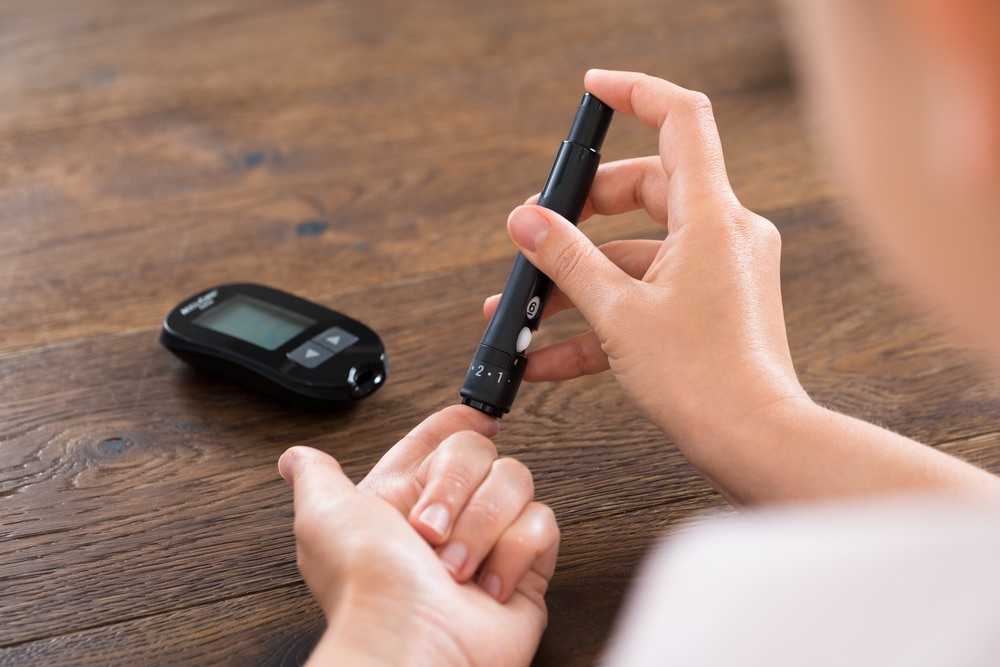
How accurate is home testing with blood glucose meters?
Blood glucose meters are reasonably accurate, however there can be some variability between different devices. You can check the accuracy of your meter by taking it with you to your doctor and testing your glucose levels with your machine at the same time as having a blood test. You can compare the results to check if there are any differences. If the results differ significantly, there might be something wrong with your machine and you need to get a new one!
How to prevent inaccurate results
Sometimes you might get a blood glucose result that doesn’t fit with how you feel. For example, you may get a reading that says your blood glucose levels are low, but you aren’t exhibiting any symptoms of hypoglycaemia. If this happens, take a second reading or try testing on an alternative glucose meter if you have access to one.
It’s also important to make sure that you wash your hands thoroughly and dry them before conducting the finger prick test. If you don’t wash your hands properly after eating and before testing, you may contaminate the results. This can occur because of any food residue or crumbs left on your fingers, could provide a falsely high reading.
If you don’t dry your hands thoroughly after washing them, then you may get a falsely lowered blood glucose reading! Any water left on your finger may dilute your blood when you’re testing your glucose levels.
You can also prevent inaccurate results by doing the following:
- Ensure test strips aren’t expired
- Ensure the test strips ‘match’ the glucose meter – some glucose meters have specific test strips
- Draw enough blood for the test strip
- Don’t let the test strip with the blood drop dry before putting it in the glucose meter – insert the strip right away
- Keep the glucose meter clean by storing the meter in a clean dry area to avoid dust getting on the sensor
- Keep the battery fully charged
How often should I check my blood glucose levels at home?
It depends! If you have type 2 diabetes, the recommendation for how often you should check your blood glucose levels depends on a number of factors. These factors are individual and will be based on your treatment plan. This includes any oral medications you are taking, if you’re using insulin, and any lifestyle changes. Other factors that can affect how often you check your blood glucose levels, include your Hb A1c levels, your risk of hypoglycaemia (when your blood glucose levels are low), and your treatment goals.
If you are at risk of hypoglycaemia, for example due to insulin or taking certain oral medications, then regularly monitoring your blood glucose levels is useful.
If there have been any changes to your medications, including requiring more insulin needles or testing different oral medications, regular blood glucose monitoring is also useful.
Regular blood tests with your doctor
In addition to daily monitoring, you should be having a blood test every three months to check your Hb A1c. Hb A1c is a measure of your average blood glucose level over three months. Hb A1c test is a good indicator for how well your diabetes treatment plans have been going overall. Your target levels may differ from someone else due to your age or what medications you may be taking to help with your diabetes management.
Monitoring for complications – what else do I need to know?
If you have diabetes, you will require ongoing check-ups to monitor for any diabetes-related complications. These routine examinations are important as early detection of any microvascular or macrovascular complications can lead to early interventions and treatment that may be able to reverse complications or prevent them from progressing further.
Eye exams
Routine eye exams help to monitor changes in the blood vessels in the eye. They’re important as diabetic-related retinopathy may lead to blindness in some people who have type 2 diabetes.
When examining your eyes, your doctor may perform one of the following tests:
- Dilated eye exam - Your doctor will use special eye drops that help to open up your pupils, allowing them to examine the retina at the back of the eye.
- Digital retinal imaging - Using a special camera, a technician will take pictures of the back of your eye, before sending the images to a specialist eye doctor.
If you have type 2 diabetes, you should have your eyes checked regularly as soon as you are diagnosed with diabetes. If you already have retinopathy, you will need to get your eyes checked at least once a year, possibly more, however your doctor will decide what the best schedule for you is.

Foot exams
Foot problems are a common occurrence in people with diabetes. With proper care, these foot complications can be prevented, so if you have diabetes, your feet need to be visually inspected whenever you see your doctor. These visual inspections can help to identify any problems with your toenails, fungal infections, or ulcers caused by poorly fitting shoes. As well as regular foot examinations, a comprehensive foot exam should be performed annually to identify any risk factors that could lead to ulcers and amputation.
When your doctor or healthcare provider checks your feet, they will check for the following:
- Poor circulation
- Nerve damage
- Skin changes
- Deformities
- Foot reflexes
- Sensory perception
It is important that you inform your doctor of any changes that you may have noticed with your feet.
You can also conduct foot exams at home. Self-care is essential when it comes to foot care, and in this instance, the patient becomes a vital member of the healthcare team!
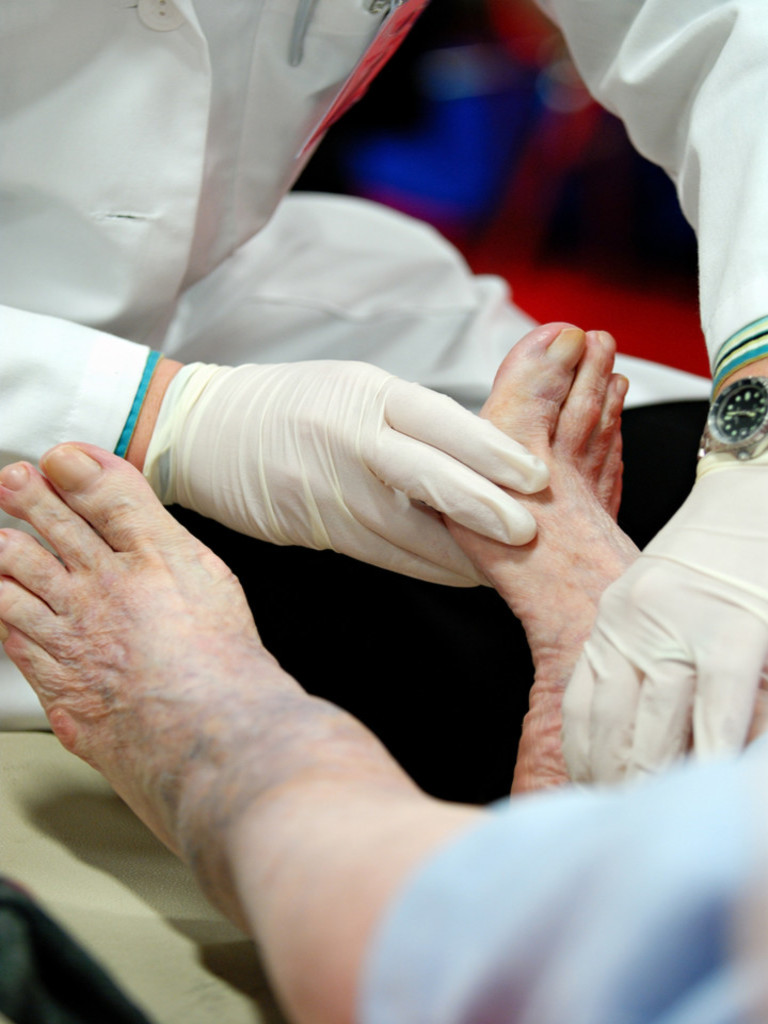
How to prevent foot problems in diabetes?
There are a number of strategies you can use that can help to prevent any foot problems. One important action you can take is to control your blood sugar levels. By keeping your blood sugar levels in a safe and healthy range, can reduce any damage to blood vessels and nerves that may lead to diabetic foot complications. If you do experience any food ulcers or foot wounds, controlling your blood glucose levels can also reduce your risk of requiring an amputation.
Wash and check your feet daily
When washing your feet, use lukewarm water and mild soap. After they’re clean, gently pat your feet dry and apply a moisturising cream or lotion.
When checking your feet, check the entire surface of your feet. That means top to bottom, side to side, and between all of your toes! When you are examining your feet, you want to be looking for any skin breaks, blisters, swelling, or redness. If you have some difficulty with being able to look at the soles of your feet, use a mirror or ask a family member or friend to help you. It’s really important that you look between all of your toes, because there may be some damage hidden there that wouldn’t be noticeable with a quick glance.
Trim your toenails carefully
When you are trimming your nails, you should trim them along the shape of the toe. You can use a nail file to remove any sharp edges. If you notice any ingrown toenails, you should try not to free them yourself. It is also important to avoid breaking open any blisters or cutting your cuticles (or allowing anyone else, like a manicurist, to cut them). If you need assistance, for example with an ingrown nail, it is best to see your healthcare professional or your podiatrist.
Choose socks and shoes carefully
It is important to avoid shoes and socks that are fit too tightly on your feet. Chose cotton socks that fit loosely and change your socks every day. Shoes should be snug; not too lose and not too tight, and the shoe shape should fit your foot comfortably. If you have bought new shoes, break them in slowly to avoid any blisters. You can get shoe inserts to help provide additional cushioning while walking, decreasing the pressure on the soles of your feet.
If your feet are misshapen, visit your podiatrist and ask about customised shoes. If you have ulcers, customised shoes can be beneficial too. Specialised shoes can help to reduce the chance of developing blisters and ulcers and making them worse.
Avoid activities that can injure your feet
There are some activities that can lead you to be more prone to foot injuries compared to others. This includes walking barefoot. Even excessive heat, for example from hot water bottles, heating pads, or stepping into a bathtub without testing the temperature can result in feet injuries.
Quit smoking
It is known that smoking can worsen heart and vascular problems in people with diabetes. Smoking can reduce circulation in your feet.
What should I do next?
If you experience any symptoms of type 2 diabetes or you have type 2 diabetes risk factors, it is important to get tested for as soon as possible. Some people are at higher risk and need regular testing. If you are 45 years or older or have other risk factors for diabetes, you will require more frequent testing. By diagnosing and treating the type 2 diabetes early, it means you can decrease the risk of developing diabetes or delay type 2 diabetes complications, for example nerve damage, blindness, and heart disease. It is important to know that diagnosing type 2 diabetes should not rely solely on using a Hb A1c test.
Once you learn what your type 2 diabetes status is, or if you already have type 2 diabetes, the next most important step is to become educated. You can join the 12-week Type 2 Diabetes Program to help you learn how to prevent or delay type 2 diabetes. The program is personalised and tailored, giving you more of the content that you want. The program also helps you to stay motivated and teaches you what changes you need to make. The first week is free and full of helpful and crucial information.
If you would like to be a part of a supportive program, with easy to understand video content covering all aspects of diabetes, join our personalised 12-week Type 2 Diabetes Program today! Don't forget, when you sign up, you receive the first week free!
Interested in more information on type 2 diabetes?
Follow the links below to learn more about type 2 diabetes.






